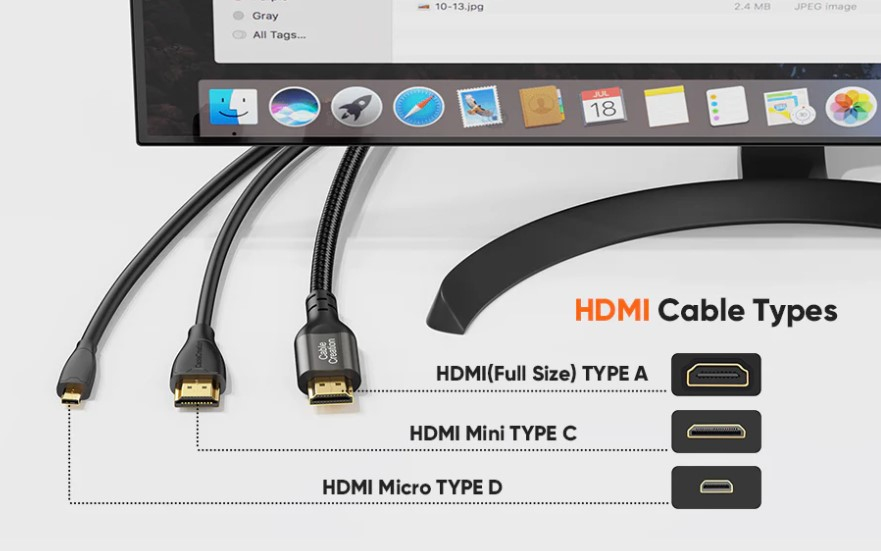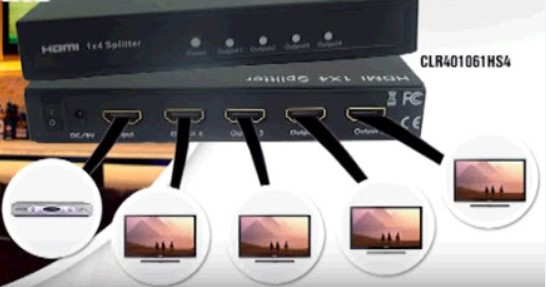
In the modern world of connectivity streaming content as well as watching television live should not be restricted to a single screen. It doesn't matter if you're hosting an enormous event or just need to stream your favorite movie across multiple rooms, without having multiple devices streaming, the capability to broadcast from HDMI gadgets to every televisions within your home could be a major game changer.
Fortunately, there are numerous effective ways to spread HDMI signals across your house without having to sacrifice quality video or additional set-top boxes. This is how you can get it done right.

Why Would You Want to Share HDMI Across Multiple TVs?
Before we go into the process we'll take a look at some reasons that people are likely to want to transmit HDMI signals to multiple televisions:
Multi-room enjoyment You can watch the same video in the kitchen, living room and bedroom.
Get rid of cable clutter It is not necessary to have multiple satellite or streaming box receivers.
Centralized controls Manage all the HDMI source (like Roku, Apple TV and gaming consoles) in one place.
Security system display cameras' feeds from surveillance cameras across different rooms.
Option 1: HDMI Splitters (Basic and Budget-Friendly)
The HDMI splitter is a straightforward and cost-effective device that copies one HDMI source into multiple inputs. For instance a 1x4 HDMI splitter allows for one HDMI output to be transmitted to four TVs at once.
Pros:
Affordable
Plug-and-play installation is simple.
Cons:
Limited to shorter lengths (typically 15-25 feet with boosters)
Signal loss may occur on long HDMI cables.
Splitters are perfect for smaller setups in which televisions are placed close to each other for example, side-by-side display in a kitchen or dining space combo.
Option 2: HDMI Over Ethernet Extenders
If your TVs are within different areas or are on different floors or on different floors, running HDMI cables isn't always feasible. This is why HDMI over Ethernet (Cat5e/Cat6) extenders are available.
These devices transform HDMI signals HDMI signal into an information signal, then transmit it over an Ethernet cable and change it back to HDMI at the other end.
Pros:
Excellent to use for distances of long durations (up 300ft or greater)
Reliable signal quality
Ethernet cables are less expensive and more convenient to run through walls
Cons:
Requires receiver and transmitter units
More technical setup
They are utilized in both residential and commercial locations such as hotels, conference centers and sports bars.
Option 3: HDMI Modulators (The Most Scalable Solution)
To truly complete the whole-house HDMI broadcasting, particularly if you're planning to utilize the home's already existing cable network the most effective solution is an digital HDMI modulator.
An HDMI modulator transforms the HDMI signal into the digital TV channel that is then transmitted via the coaxial cable to each TV in your home--just as the cable providers broadcast their channel.
You can then tune in to your HDMI source via any TV connected to it using the standard digital tuner.
To find out more about the way these devices function and how you can install them take a look at this comprehensive guide to HDMI moderators.

Pros:
Leverages existing coaxial infrastructure
There is no need to buy brand new HDMI as well as Ethernet cable is available
Easy distribution to 10plus TVs
Control centralized and clean of all devices on the media
Cons:
A higher upfront cost
A basic configuration is needed (channel number, resolution, etc.)
HDMI modulators are great for smart homes that are modern and educational campuses as well as companies that require high-quality and consistent television broadcasting on multiple screens.
Additional Equipment You Might Need
HDMI switches If you wish to broadcast several HDMI inputs (e.g. Blu-ray player streaming console, gaming console) A HDMI switcher can switch between the inputs.
Replayers for IR They allow you to operate you HDMI devices (like streaming boxes in the basement) from different rooms with remote controls.
Amplifiers/Boosters when broadcasting over long distances boosters will ensure consistent image quality.
Wireless HDMI Options: Convenient but Limited
It is possible to purchase wireless HDMI receiver and transmitter kits which claim to transmit signals wirelessly for up to 100 feet. Although they can be used in open areas but they are often unable to overcome walls and the interference of other gadgets. Wireless HDMI is ideal for use with point-to-point connections and not distribution across the entire house.
Conclusion
If you're planning to enjoy a film in bed after having started it in the living area, or you'd like to mirror the feeds from your security cameras across several screens broadcasting HDMI devices across your entire home is easier than ever before.
From basic splitters to fully-featured HDMI modulators There's a solution to any budget and setup. If you're looking for a sturdy solution that is future-proof, an HDMI modulator to spread your HDMI source via coaxial cable is usually the most suitable option.
Consider your choices, create your layout, and then enjoy seamless entertainment throughout your home.





